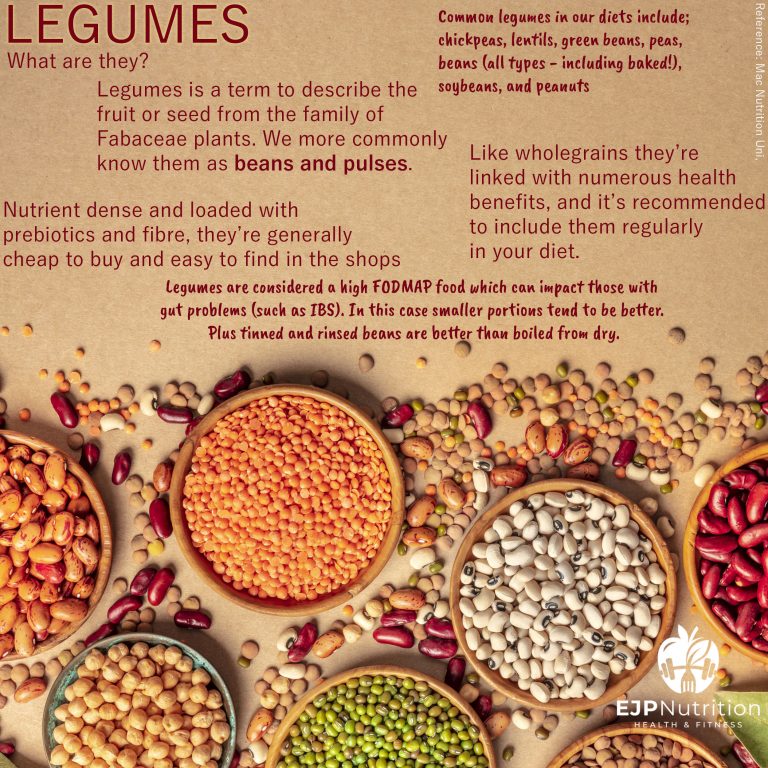Following on from whole grains I thought I’d do a quick post on legumes. The two are very often paired together, in the context of “eat more whole grains and legumes” as part of a healthy diet.
Before we get onto the health aspect lets look at what they are. There is a large variety of beans and pulses that we eat. They are a good source of fibre and protein. For vegans or vegetarians they might be your main sources of protein. Although they aren’t a complete source so should be combined to get the full spectrum of essential amino-acids. They’re also incredibly flexible as an ingredient to cook with. Many are satiating – so will fill you up.
So now to the research
Rebello et al found that; Observational as well as intervention trials show that pulse consumption has beneficial effects on the prevention and management of chronic disease. While also noting how the consumption of pulses and whole grains complement each other with their different properties and bioactive components.
A review looking at the health benefit of pulses noted; the phytochemicals, saponins, and tannins found in pulses possess antioxidant and anti-carcinogenic effects, indicating that pulses may have significant anti-cancer effects. Pulse consumption also improves serum lipid profiles and positively affects several other cardiovascular disease risk factors, such as blood pressure, platelet activity, and inflammation.
Another review while also noting they reduction in the risk of CVD found; Pulse consumption can contribute to improving satiety, reducing food intake and regulating body weight, which can reduce obesity risk and, in turn, improve diabetes management. Collectively, available evidence provides very good support for a role of regular pulse consumption in the prevention and management of diabetes.
Again like whole grains there is a huge amount of data pointing to the benefits of including a range of legumes within your diet.
What’s your favourite legume-based food or dish? I’m a big hummus fan, and love a mixed bean chilli.
References: Mac Nutrition Uni, Rebello et al 2004, Mudryj et al 2014, Ramdath et al 2016
(Reposted from Instagram)


